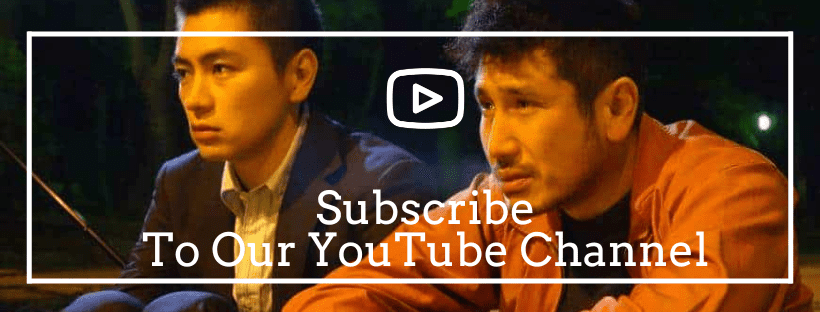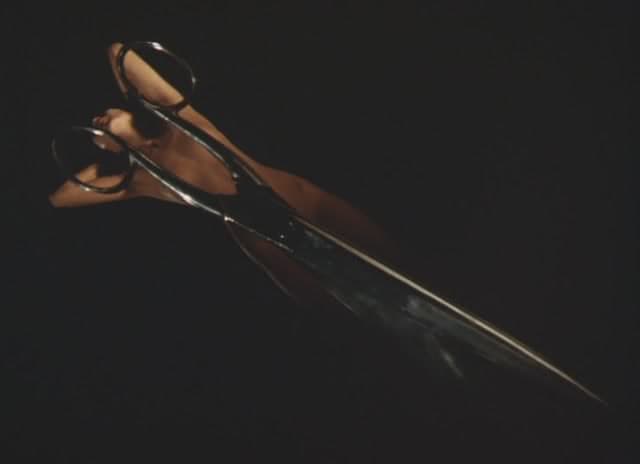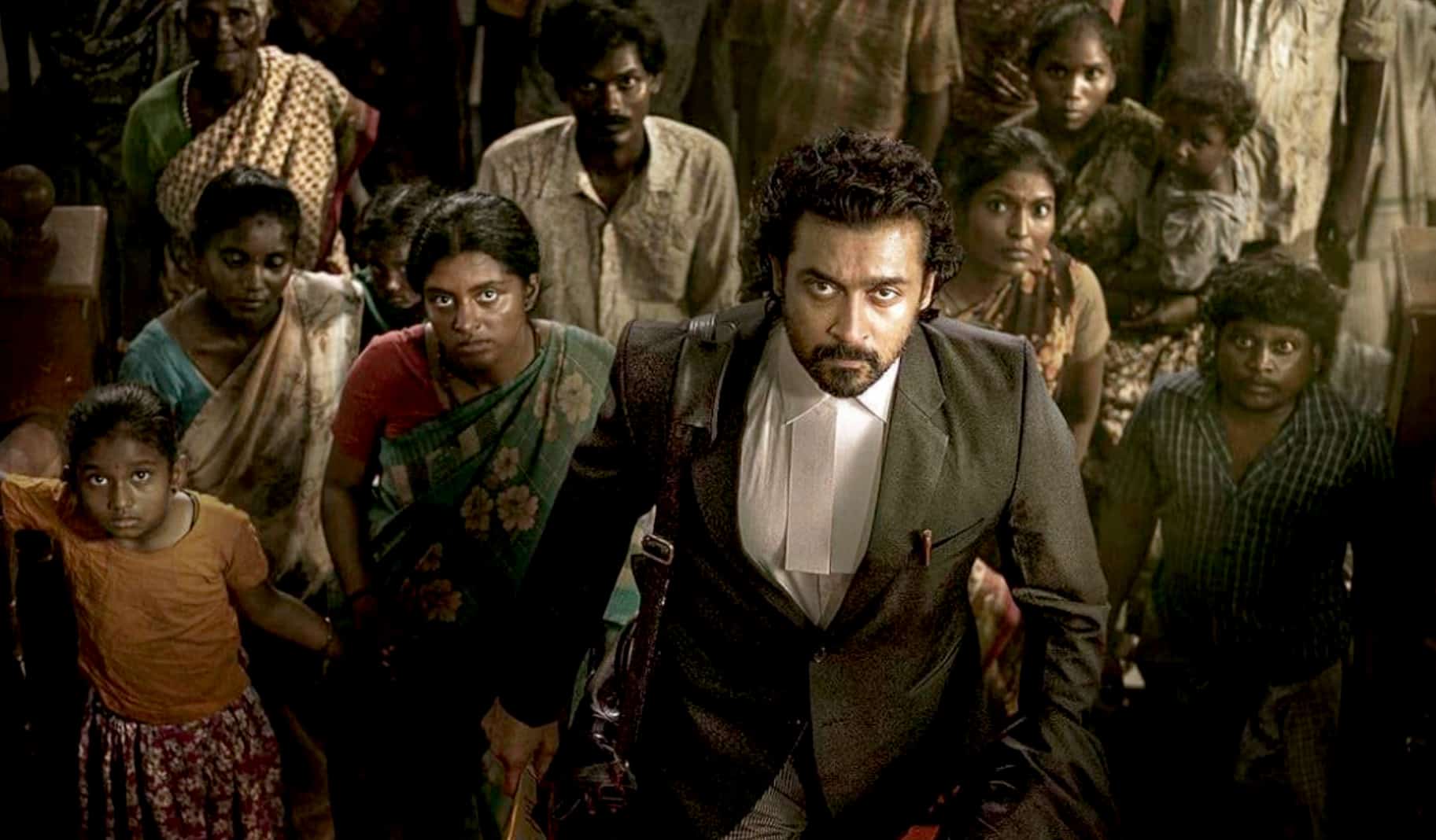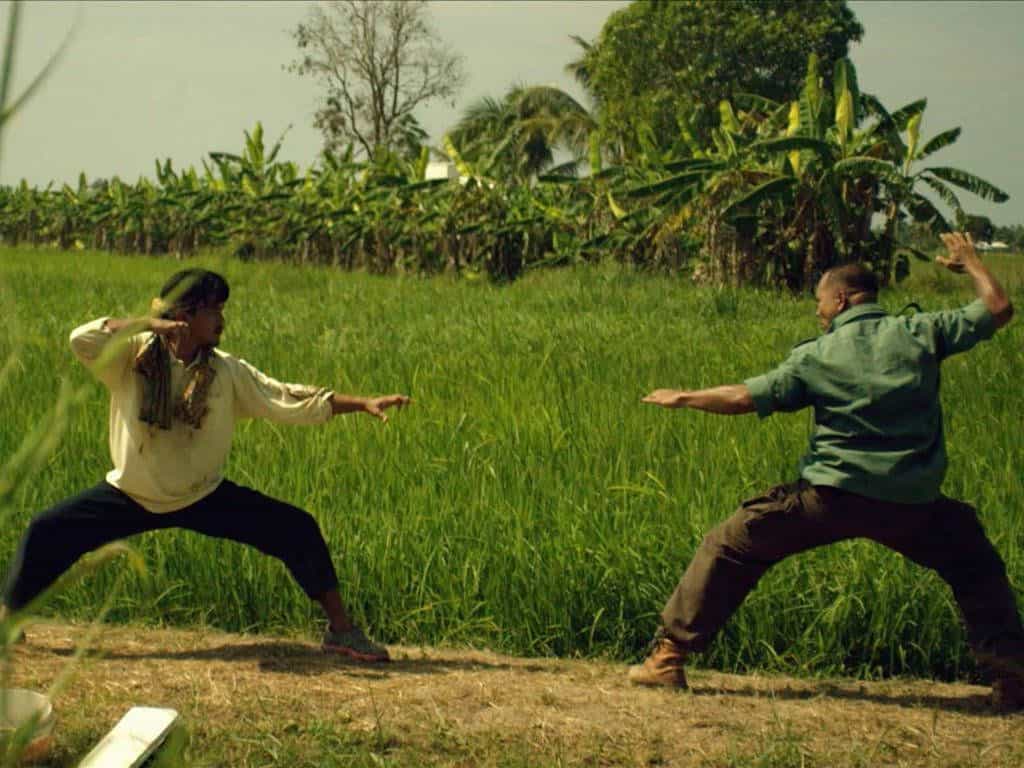In between his better-known films “Cure” and “Pulse,” Japanese filmmaker Kiyoshi Kurosawa released a bit of a hidden gem in 1999. “Charisma” AKA “Karisuma” is a difficult film to categorize but could best be described as a surreal eco-thriller. Kiyoshi Kurosawa's frequent leading man Koji Yakusho stars as a big-city detective who botches a hostage situation and finds himself cast off to the rural Japanese countryside. It is there that he encounters a tree named Charisma, which is where the film takes its title from. This tree is the subject of intense dispute, as differing groups of people have intense feelings associated with it. Some view the tree as causing the widespread death of the surrounding forest and want to destroy it while others wish to preserve and nourish it in the hopes of restoration and growth.
The story of “Charisma” is far from literal. This is a film that is far more interested in themes, metaphors, symbolism, and outright parable than it is in traditional storytelling or characters. This arrangement of priorities gives “Charisma” a more niche appeal than many of Kurosawa's other films and is likely at least partially at fault for its relative obscurity. The surreal nature of the events unfolding on screen begs the viewer to analyze and interpret the meaning behind not just the titular tree but each character and their actions as well. Kurasawa never provides concrete answers, which some viewers may find frustrating, but there are particular areas of thematic focus which are clear, such as pollution and the general impact of humanity upon nature. It is best to go into the movie with an open mind, as forming your own understanding of the symbolic and metaphorical elements is a part of the experience, and the non-literal material Kurosawa presents allows for several widely varying interpretations.
The ideas and questions posed within “Charisma” are compelling, and individual moments scattered throughout are genuinely thought-provoking. However, it will vary from person to person whether those moments are too few and far between. When only looking at the surface-level plot, “Charisma” is dragged out far longer than it needs to be, and an overabundance of Yakusho wandering aimlessly around in the woods holds the power to lessen or kill a viewer's investment. The literal story of the film is one that could easily be told as a short film and still convey all of the same information. The pacing of the plot beats is far from perfect, but the plot of “Charisma” really is secondary to the metaphorical ideation.
“Charisma” is not a film that is meant to be watched passively. If you do not dig below its surface level, then you are unlikely to get much out of it. The more thought you put into it, the more you will get out of it. “Charisma” also holds the potential to be more rewarding in reflection than perhaps it is in practice. Appreciation for the film continues to grow long after the credits have rolled. Regardless of whether or not it remains 100% engrossing for its entire duration, this movie is one that just might linger in your subconscious.
Some of the decisions taken by the main character can come off as obtuse, nonsensical, and even a bit confusing. That paired with Kurosawa's enigmatic approach to storytelling and the metaphorical nature of the film can make the whole ordeal feel a bit inaccessible at times. One particular scene that conveys some much-needed context for understanding the core conflict at play in regard to the tree comes far too late for its own good; nearly an hour into the movie. Going into the film completely blind might leave you baffled for a long stretch in the second act. Luckily, the surrealism is strong enough to cover up most faults in the pacing. Ambient soundscapes underscore the majority of the movie and do wonders for the sense of atmosphere. Soundscapes of this nature can be found in Kurosawa's other work as well and help to set an off-kilter vibe that supports the surrealism.
This tree, Charisma, is not a naturally occurring plant in the region where it is located. It is an extremely rare breed of tree, one that is poisoning the surrounding forest. One of the main thematic questions is whether one special tree can be worth the destruction of all the other non-special trees. It brings up questions of an individual vs a collective society and raises further questions on the nature of that individual being part of the very same society. The debate over this special tree harkens directly back to the hostage situation from the opening of the film where the protagonist was unable to choose between the life of the hostage and the life of the hostage taker. In his mind, the hostage taker deserved saving just as much as the hostage, he believed it was possible to save both, and this inability to sacrifice one for the other led to the unfortunate outcome of both perishing.
Further questions brought up surrounding the tree also relate back to the opening hostage situation in a way that is thematically resonant, drawing strong parallels between the two seemingly unrelated conflicts. For instance, the hostage taker's ransom note meant to convey his demands ominously reads “Restore the rules of the world.” This can be interpreted in a multitude of ways, all of them interesting. It brings up questions of the natural world vs the man-made world and of mankind's interference in the natural order of the world. The direct correlation between this opening conflict and the groups of people fighting over Charisma in the dying forest is the most thought-provoking element of the film to me and is arguably the real dramatic crux, though that is never stated outright.
Kiyoshi Kurosawa's shot compositions and camera movements are typically strong, fitting cohesively into his broader body of work while also standing out on the merits of the emphasis placed on nature as opposed to the more urban cityscapes that comprise the bulk of his other films. The blocking is especially noteworthy this time around as Kurosawa frequently uses the movement of actors to seamlessly thread together what could be multiple shots into a single dynamic shot. But this isn't to say the cinematography is flawless. There are occasional lighting inconsistencies between scenes or even between shots within the same scene. This could hamper immersion and pull a viewer out of the experience, but it is understandable given that the majority of the movie was shot outdoors and relied on natural light. The audio mixing also leaves a bit to be desired at times with background noise levels jumping drastically between cuts. For less technically-minded viewers, this may be negligible.
While the entire experience is thought-provoking, the ending is a much-welcomed escalation. The final image is especially captivating and adds new layers to what came before, leaving you with a great deal to ponder.
“Charisma” is not a film for everyone. Those seeking a traditional narrative or a laid-back viewing experience will not find what they are looking for. Fans of arthouse cinema who are up for a film that borders on purely abstract provocation will find a fulfilling experience.

















